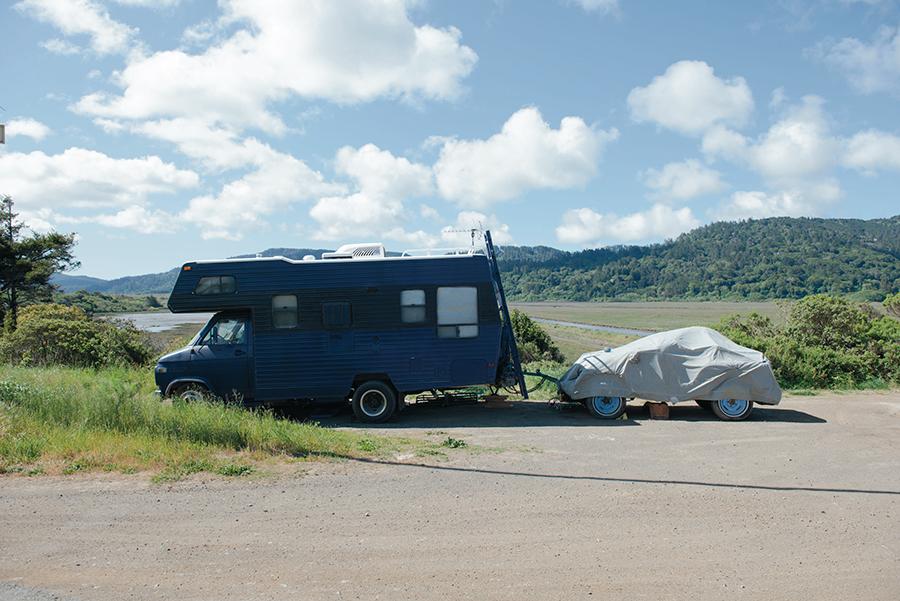The number of people living in their vehicles in Marin nearly doubled in the past two years, reflecting a chronic issue that is complex . . .
Rising numbers living in cars


The number of people living in their vehicles in Marin nearly doubled in the past two years, reflecting a chronic issue that is complex . . .